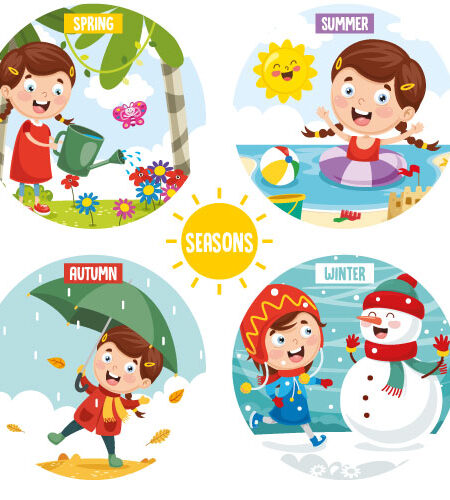Table of Contents
INTRODUCTION
Greetings readers! Today we will immerse ourselves in the magical world of winter, where the earth looks white and the air is full of a special charm. Join me on a journey through this season of wonder, where every snowflake tells a story and every starry night holds icy secrets.
Start date: Winter Solstice, around December 21 or 22 in the Northern Hemisphere and June 21 or 22 in the Southern Hemisphere.
Features: This is the coldest season of the year. The days are short and the nights are long. In many areas, there is snow and temperatures can drop significantly. It is a time when many plants and animals enter a state of hibernation or inactivity.
The Dance of the Snowflakes Winter
Brings with it a magical dance of snowflakes that transforms everyday landscapes into fairytale scenes. Each crystal is unique, a small treasure of nature that falls from the sky to adorn our world with its ephemeral beauty.
Starry Nights and Warm Bonfires
Nights are adorned with twinkling stars, and the warmth of a campfire envelops us as we tell stories and share laughter with loved ones. It is a time for camaraderie, where hearts warm even on the coldest nights.
Festivities that Illuminate the Soul
Brings us festivities full of light and joy. From the bright lights of Christmas to the colorful celebrations of the New Year, these holidays remind us of the importance of hope and generosity, even in the darkest of days.
Creativity in the Snow
The snow becomes our canvas, and children and adults alike take to the streets to sculpt snowmen and trace trails in the endless white. Creativity flows in every snowball thrown and in every ice-sculpted figure.
Refuge and Reflection
Also provides us with a refuge for reflection. It is a time to embrace stillness, to read books by the window as the snow falls, and to appreciate the peace that comes with the tranquility of landscape.

Despite its cold and calm appearance, has great importance in several aspects of our lives and the natural environment:
- Ecological Cycle:
Soil Renewal: Snow enriches the soil as it melts, providing moisture for plants in spring.
Hibernation: Many animals hibernate during the winter, conserving energy for the next season.
- Pest Control:
Insect Reduction: Temperatures help control insect populations and diseases transmitted by them.
- Water Resources:
Water Storage: The snow accumulated during the winter acts as a water reserve, essential for rivers and river basins in spring and summer.
- Agriculture:
Soil Rest: Crop fields rest during the winter, preparing for spring planting and optimizing soil quality.
- Economy:
Winter Sports: The winter season boosts industries such as ski and snowboard tourism, generating employment and economic activity.
- Culture and Traditions:
Holidays: Various holidays and celebrations, such as Christmas and New Year, foster a sense of community and family togetherness.
Mythology and Literature: Winter has been a source of inspiration for myths, legends and literary works, reflecting the duality of nature and humanity.
- Human Wellbeing:
Pause and Reflection: Winter provides a pause in daily life, allowing moments of reflection and rest.
Creativity: The winter atmosphere inspires creativity in various art forms, from photography to poetry.
- Environmental Awareness:
Climate Change: Winter weather patterns help scientists understand climate change and its effects on ecosystems.
Conservation: Awareness about the fragility of winter drives conservation initiatives to protect the fauna and flora that depend on this season.

In summary
Winter is essential for ecological balance, agriculture, economy and culture. Additionally, it provides opportunities for rest, creativity and reflection, showing the integral importance of this season in our lives and the health of the planet.


Comments